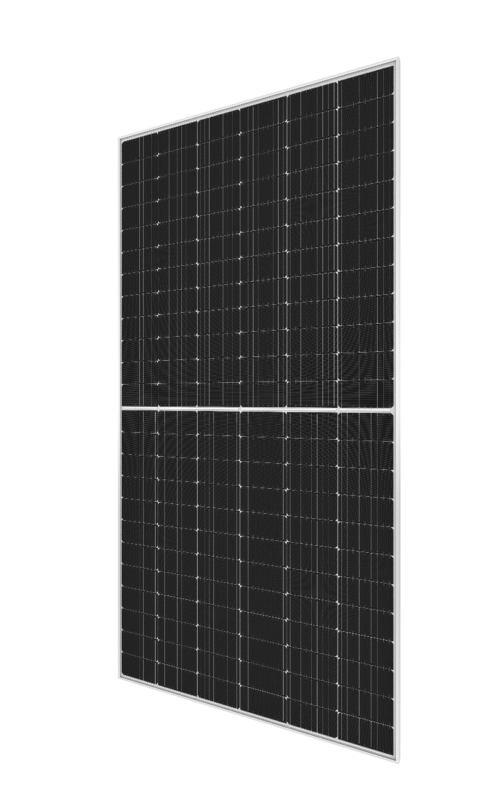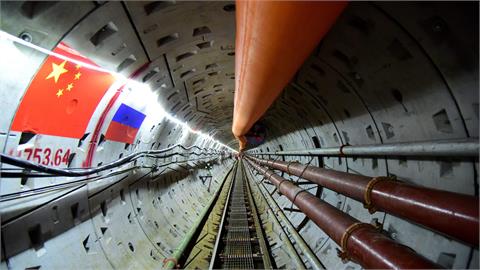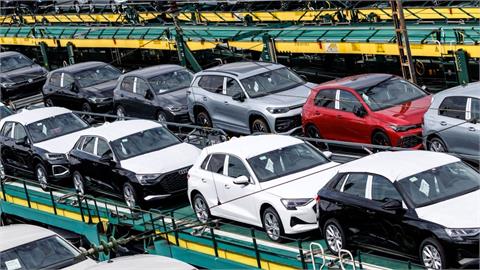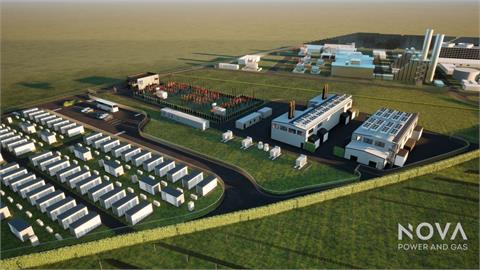by Emiliano Bellini* Longi will hold off on additional panel output increases beyond the 600 W+ range until it can resolve a number of key challenges, a company spokesperson told pv magazine. Those outstanding issues include low cell manufacturing yield, system compatibility, concerns about module transport, and hotspot-related failure risks, as well as the need for mechanical loading tests.
Chinese monocrystalline PV module manufacturer Longi has yet to join the race to produce solar panels with power outputs above 600 W, despite the growing number of announcements from big competitors such as JinkoSolar, Trina Solar, Tongwei and JA Solar.
In a recent chat with pv magazine, Hongbin Fang – Longi’s director of product marketing – explained that the decision is in line with a clear strategy. "Our development logic is to look at every aspect of PV project deployment with a holistic view,” he said. "We can’t find an overall solution that relates not only to ingot, wafer, cell and module manufacturing processes, but also to module deployment processes, such as transportation, installation, and system integration.”
Longi’s Hi-MO 5 module for large-scale solar plants is thus far its most powerful commercial offering, with a power output of 540 W. It measures 2,256 mm x 1,133 mm, with a surface area of 2.56 m2. "It can meet higher-quality and greater efficiency demand of the industry and to reduce the LCOE of a solar power plant,” Fang said, adding that the M10 wafer-based module is optimized for shipping and installation.
Fang said that bigger PV modules are not necessarily better products, claiming that the company’s modules are made from M6 and M10 for better power output and lower balance-of-system costs, with a moderately higher module current and voltage. "Significantly higher current may increase the risk of hot spots and junction box failure,” he said. "Bigger is not always better.”
The manufacturer is convinced that parameters such as module width, area and working current for its 72c Hi-MO 5 are optimal. "By increasing cell number to 78 for 585W panels with higher open circuit voltage would bring limited value to our customers,” Fang said. "Higher open circuit voltage means fewer modules per string, which would not help to reduce racking and cabling cost.”
He said increasing the bifacial module width beyond 1.3 m would make a crossbeam on the backside necessary to maintain sufficient mechanical strength. Crossbeams create shading on module backsides and reduce the power generation of bifacial modules. "This will also increase the cost of module bringing limited value to customers,” he said.
Another important issue for 600 W+ modules, according to Fang, is their working current, which is generally more than 18 ampere. But with bifacial gains of 15% it can even reach 21 ampere. "Such high current significantly increases the afore-mentioned risk of hot-spot and junction box failure,” he said.
A limiting factor for transport-related issues is the door height of the standard 40’ High Cube shipping container, which limits the width of the modules to about 1.13 m, Fang noted. "Because a bigger product is so wide, either portrait loading or lying flat package is required for fitting into 40’ High Cube, which will increase micro-crack risk,” he added.
The 1.3 m width of the 600 W modules – weighing in at 35 kg, with a surface area of 2.8 square meters – is not convenient for manual installations by two people.
*Emiliano joined pv magazine in March 2017. He has been reporting on solar and renewable energy since 2009.
(www.pv-magazine.com, August 28, 2020)




